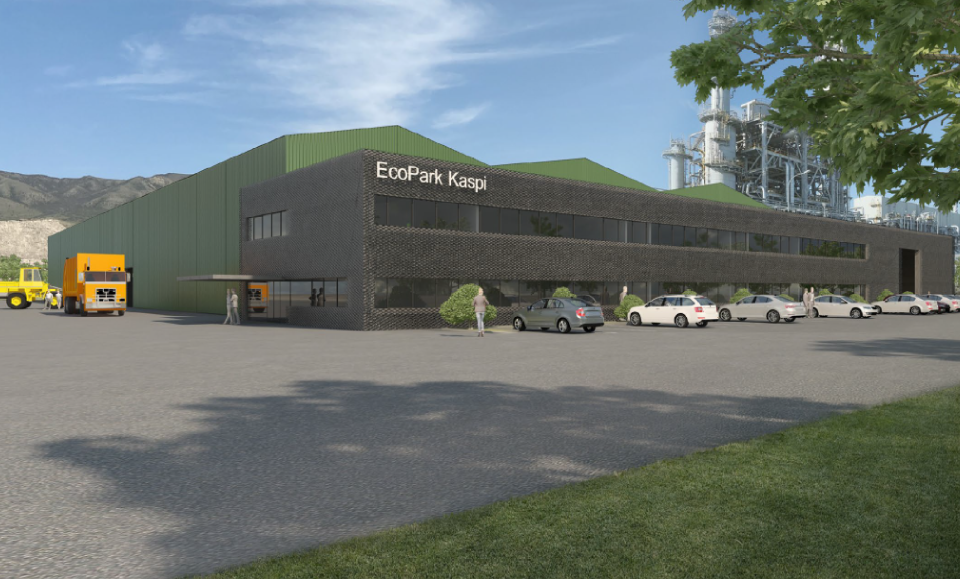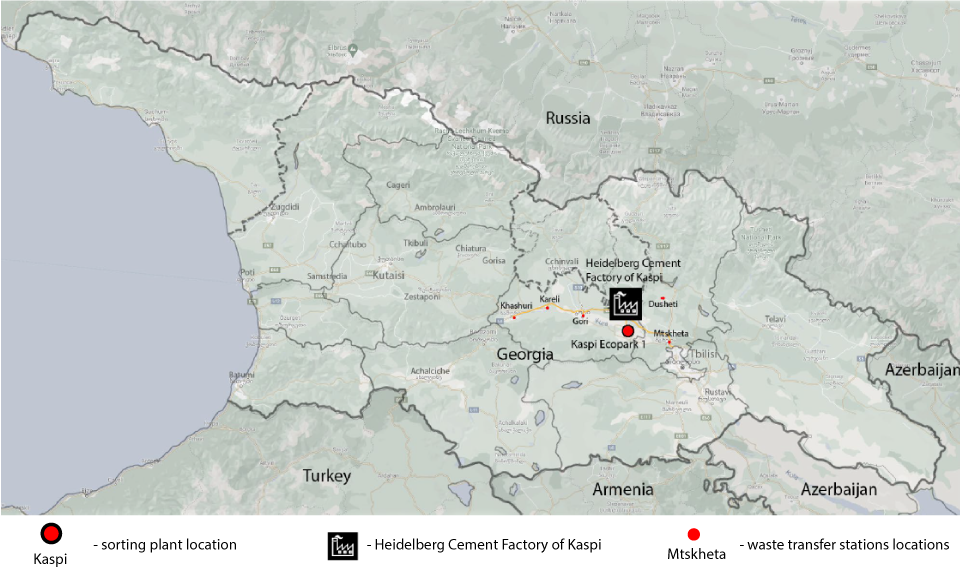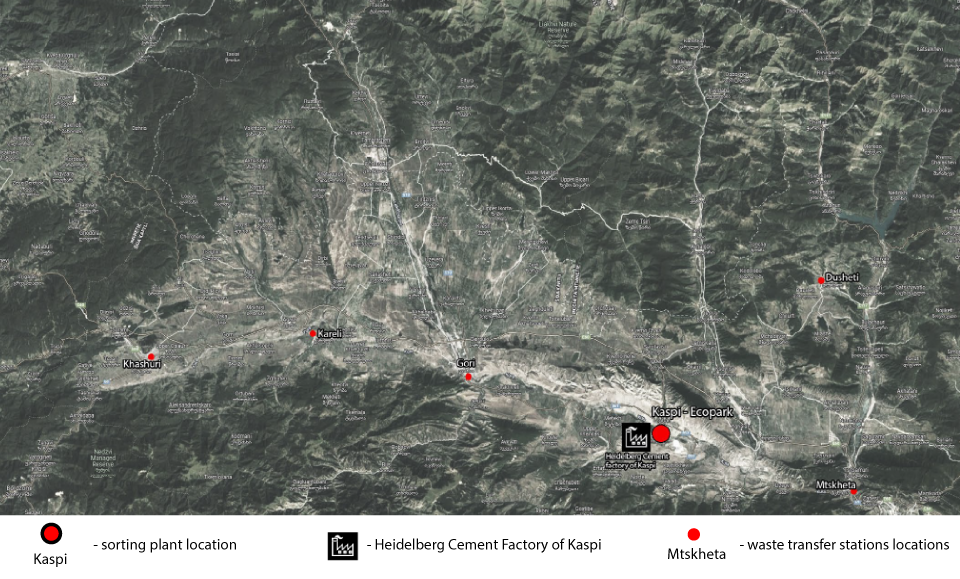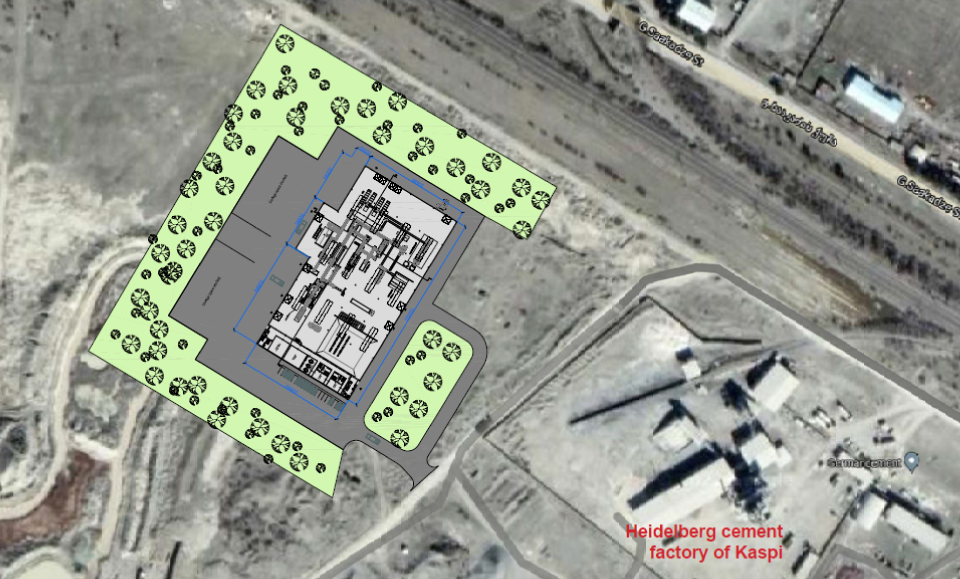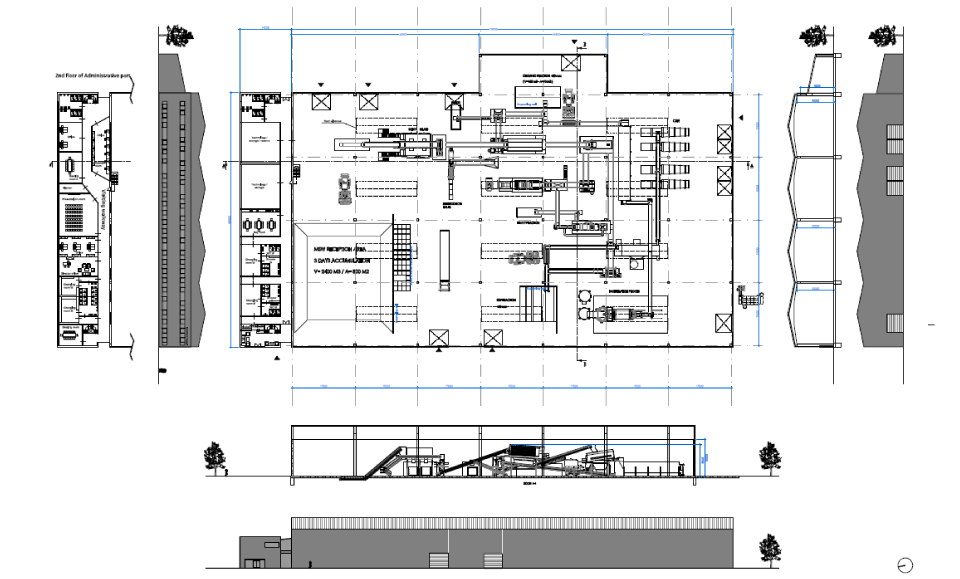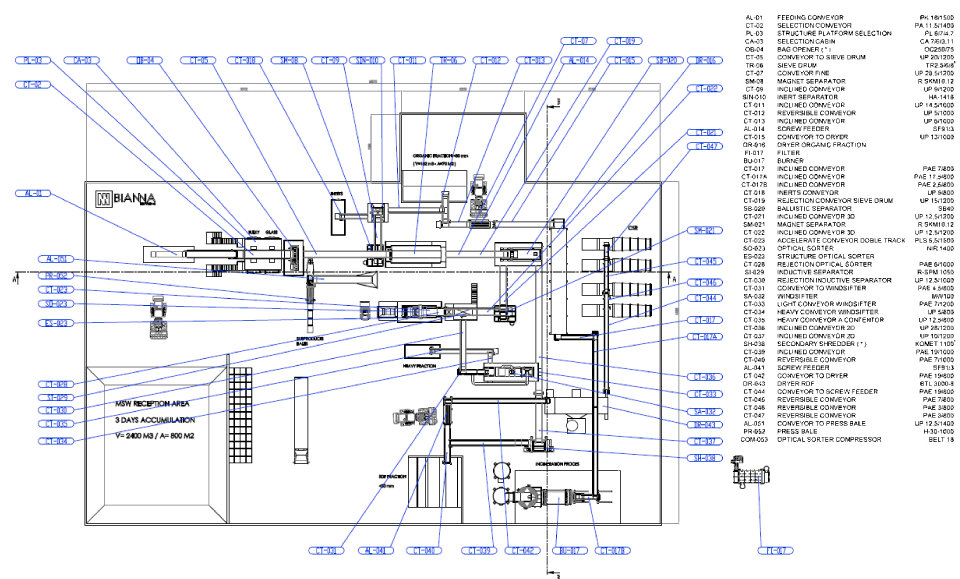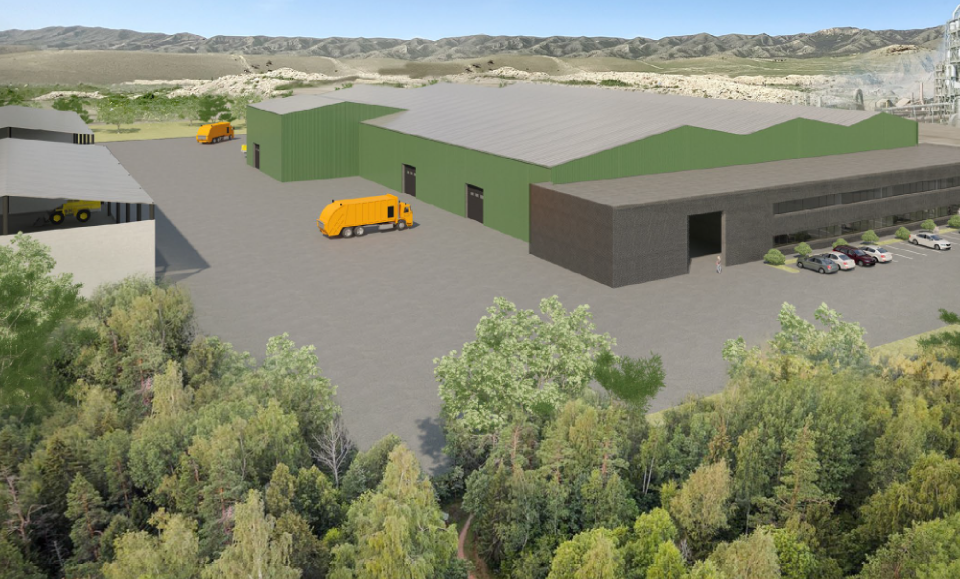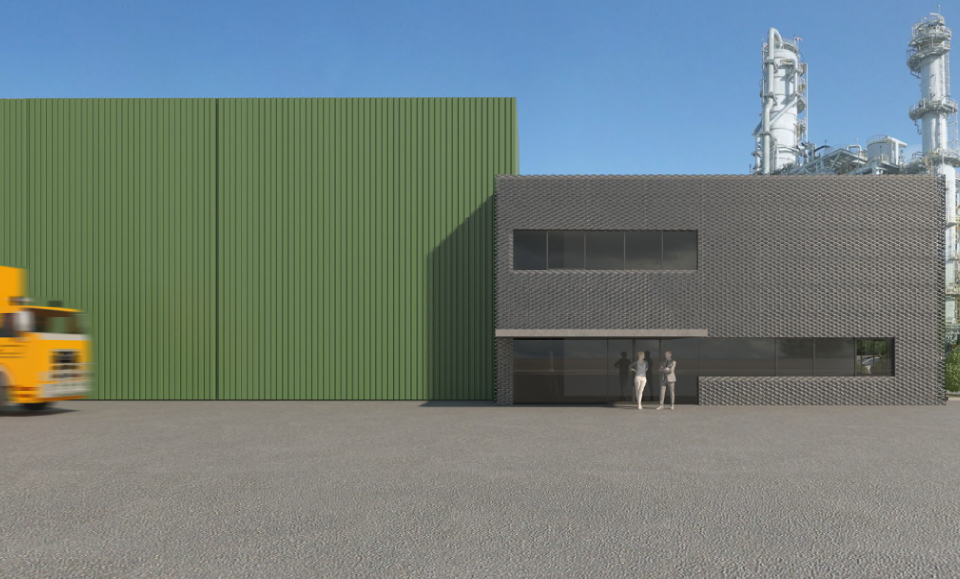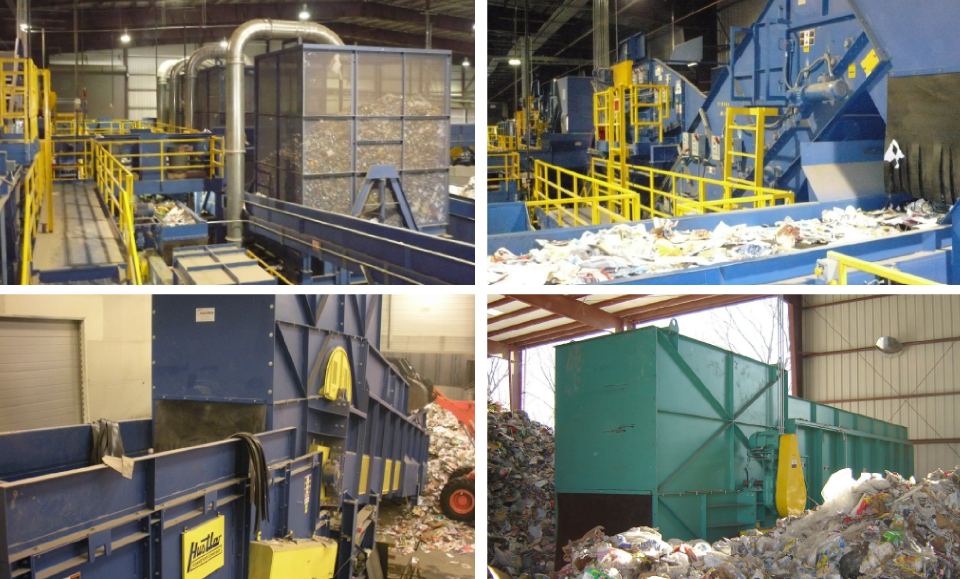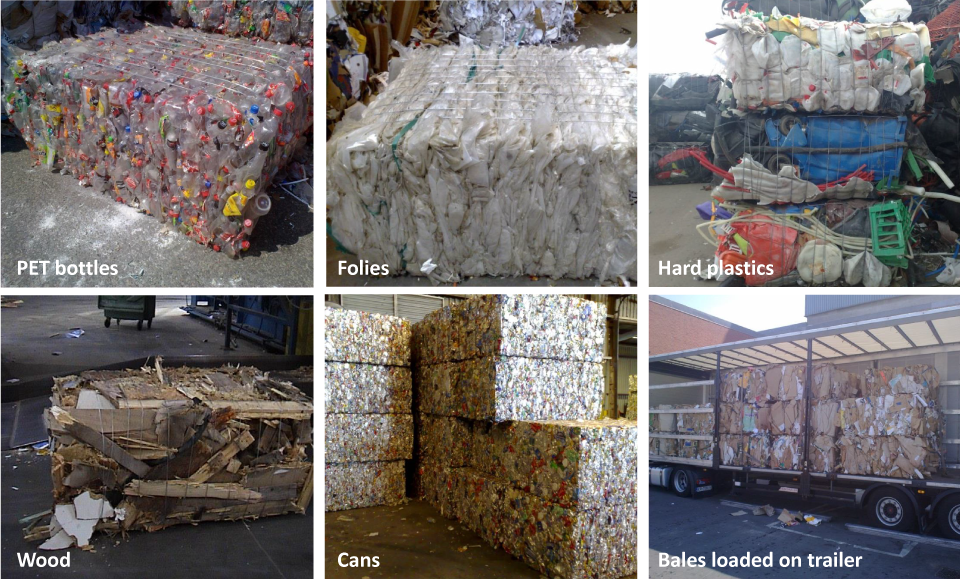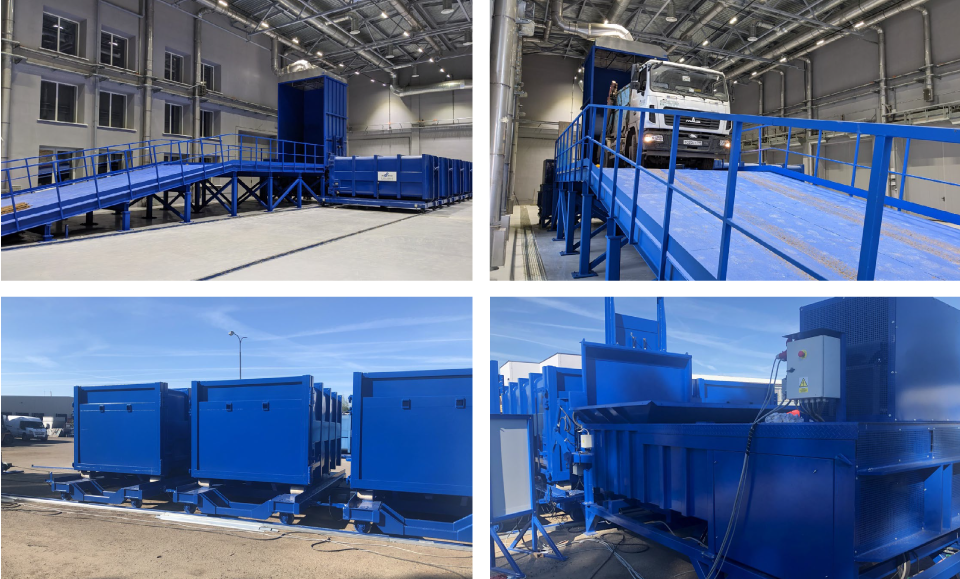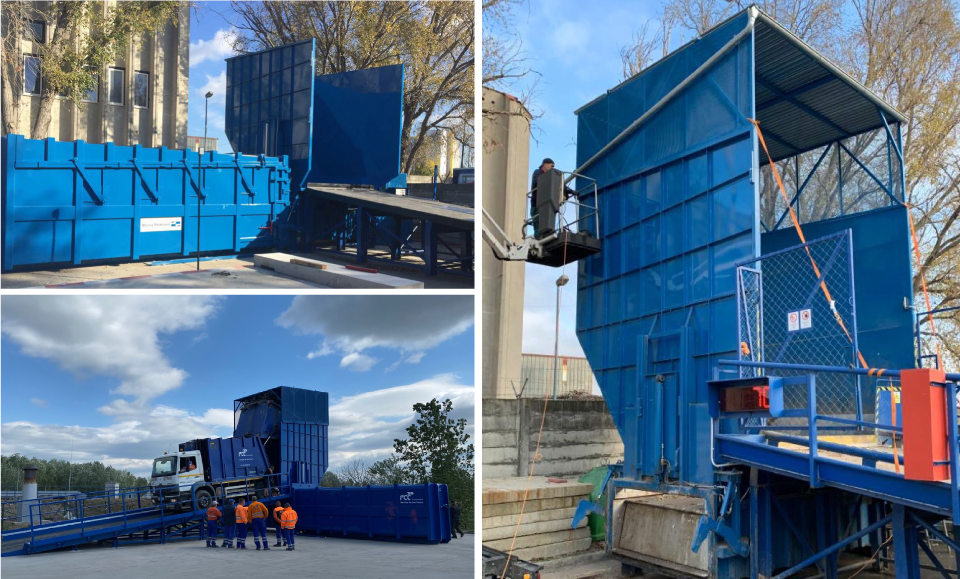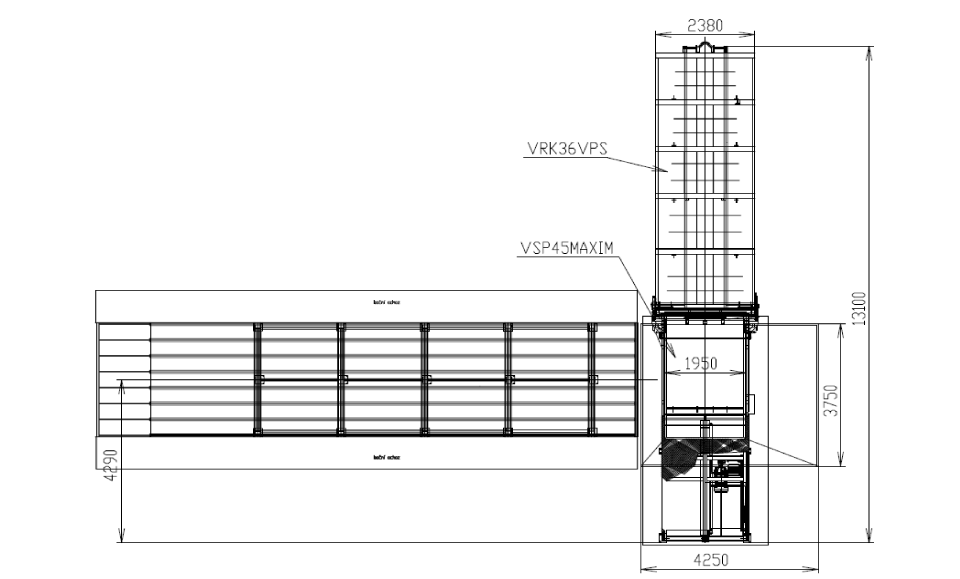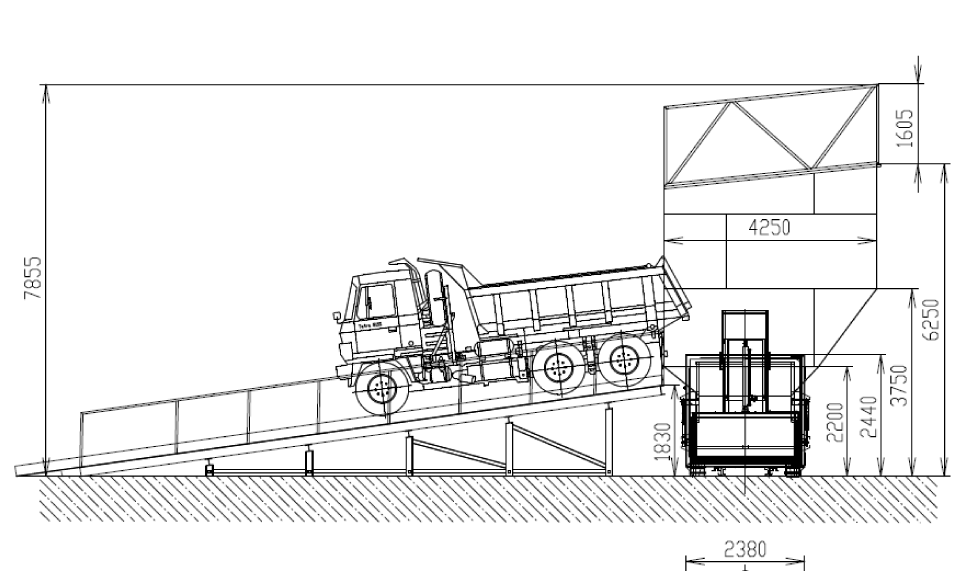Integrated system for
managing
in Georgia
Ecological catastropheis already here
The UN and research organizations worldwide annually conduct research and release frightening data on the growth rate of waste produced by mankind, and ominous predictions about the consequences of this situation for the economy, ecology, and human health around the world.
Plastic is already a threat on a planetary scale, filling both the land and the oceans. Electronic waste containing toxic additives or hazardous substances has become the fastest growing type of household waste worldwide. Of the billions of tons of garbage produced by mankind around the world, a little more than 10% is recycled.
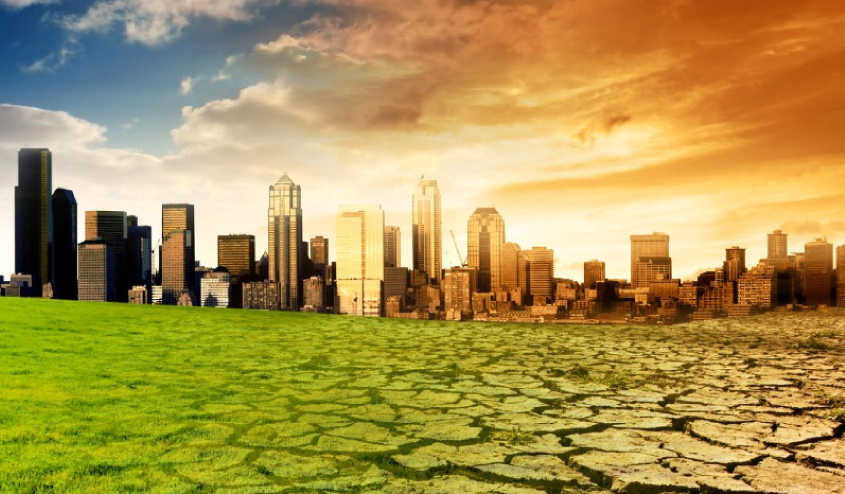
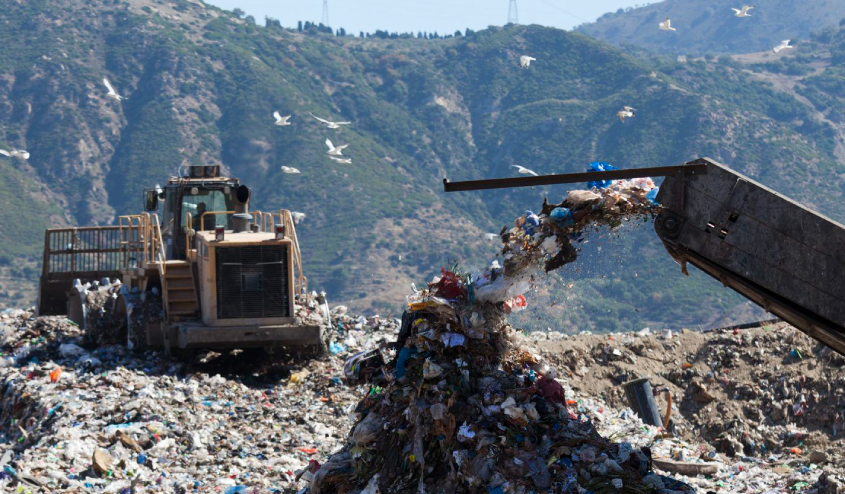
Georgiais no exception
“In 30 years, we may be drowning in garbage,” such a phrase was voiced in the new report “The Open-Circuit Economy”, prepared by the public organization Greenpeace.
And Georgia is no exception here, being part of the global world, Georgian society also annually increases the amount of garbage produced. And if no action is taken in this direction, then our relatively small country can simply drown in mountains of garbage.
What are we heading for
The aim of the project is a large unloading of the nearest six cities, which are the main "generators" of municipal waste. Only at the first stage, the ecopark will be able to process about 60,000 tons of garbage per year.Ecopark was developed using all modern knowledge on efficient waste disposal with minimal impact on the environment. The project is fully in line with the strategy of the Georgian government for the next 15 years to reduce the amount of biodegradable waste placed in landfills.

- reducing the volume of biodegradable waste placed in landfills;
- gradual reduction in the volume of municipal waste disposal;
- introduction of alternative methods of waste management;
- promoting the use of recycled products in general.
Based on these results, three social and policy recommendations will also be made to effectively reduce carbon emissions: raising residents' awareness of protecting the environment in the long term, increasing financial support and building ancillary facilities, and strengthening management and institutional capacity for waste sorting and recycling .
AFPF Kaspi
The facility is expected to have a capacity of 150,000 tons of mixed municipal waste per year. The waste heat output will replace about 70,000 tons of lignite that would otherwise have to be burned at the Caspian Cement Plant to provide the necessary heat output for the cement plant.
We will supply AFPF Kaspi with waste from six cities and produce fuel at the agreed volume of 60,000 tons per year. The surplus will be sold in prepared form. In the event of a shortage of initial waste, we will be able to unload the nearby capital and replenish the waste. The plant is designed to work in one shift with the possibility of increasing production due to additional waste from neighboring regions.
For the next stages of cooperation, we are preparing the use of plastic for further and other applications in the industry of Georgia. ECOPARK counts on the maximum use of all knowledge for efficient waste disposal with minimal impact on the environment.
MBT Batumi
The proposed capacity amounts to 140-145 tons of mixed and large-volume waste per year. Apart from the mixed communal waste from the southern and southeastern parts of the district, the line would also process modified shares of the large-volume waste with a high energy value. The fuel produced from the waste will be used as a substitute of primary fuels at energy facilities.
When considering the basic waste management balance related to large-volume and communal waste, we need to expect 30,000 tons/year of unprocessed MCW or LVW deposited in landfills and a share of the unusable waste after MBT processing amounting to 14,700 tons/year.
The total maximal capacity of the landfills in the region for this alternative amounts to 165,000 tons.
